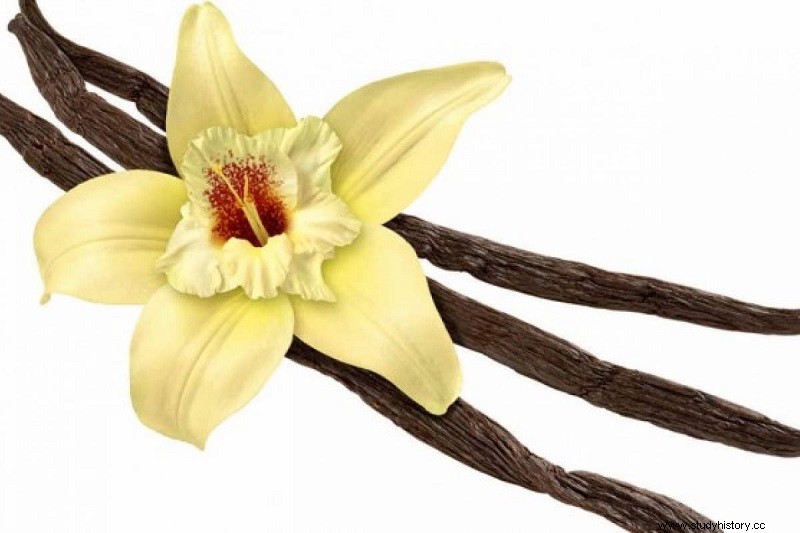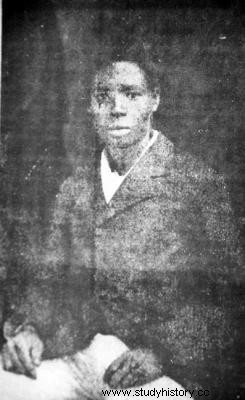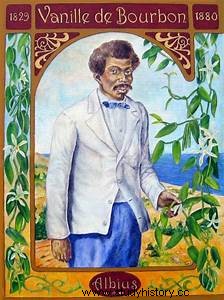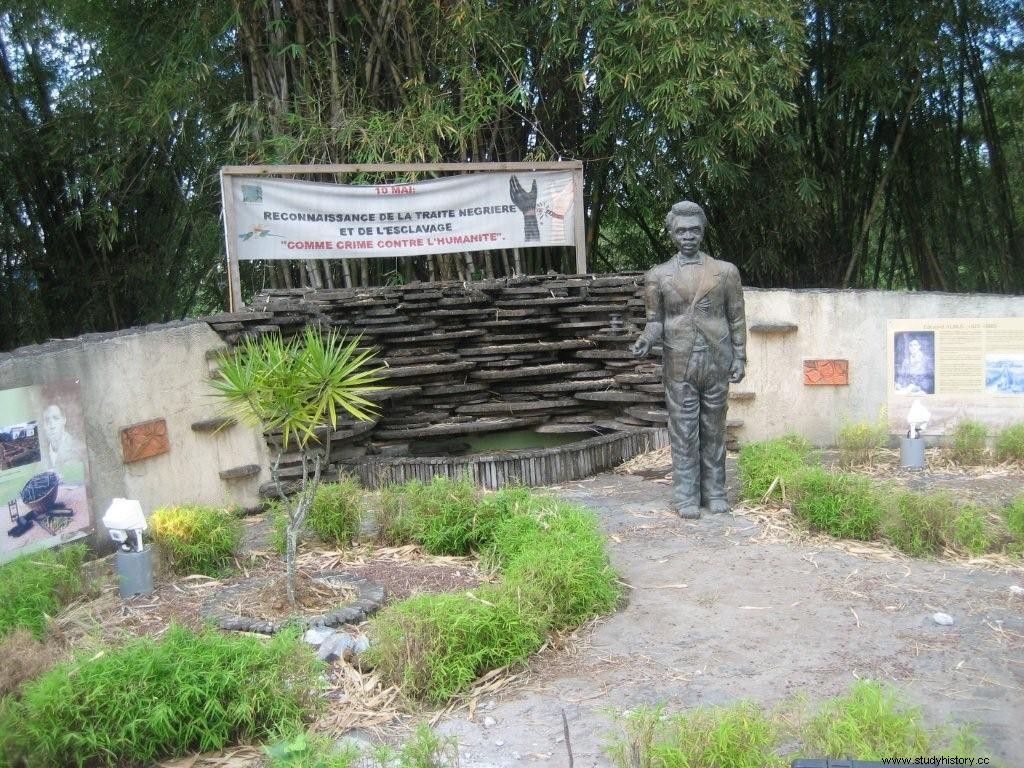Instead of starting this story with its protagonist, a 12-year-old slave, I'm going to start with the "other", the French botanist Jean Michel Claude Richard who tried to take credit for finding the child. In fact, he had a very good chance of winning the cake, since he was a prestigious botanist honored with the Legion of Honor, the highest French distinction, and his opponent was a slave from a remote island who still did not shave. . Well, on this occasion, the planets had to be aligned because history put each one in its place. Finding Edmond , which was the name of our beardless protagonist, launched the multi-million dollar vanilla industry.

500 years ago, consuming vanilla was a privilege. On the other side of the Atlantic, there in the new world, the emperor Moctezuma Xocoyotzin drank a drink prepared from cocoa and corn, and flavored with a particular perfume. The indigenous people called it "the drink of the gods" and it could only be ingested by the elite of the Aztec empire. The aroma that the concoction gave off immediately captivated the Spanish who were fascinated to discover that it emanated from a black wand:vanilla . Francisco Hernandez, physician to King Philip II of Spain, called it a miracle drug that could soothe the stomach, cure a poisonous snake bite, reduce flatulence, and make "urine flow admirably." «. Vanilla is the fruit of a plant of the same name (vanilla , because it is a thin and long pod), from the orchid family, a climbing shrub, native to Mexico and used as a gastronomic flavoring and as a flavoring agent in cosmetics. Whether for its taste, for pissing further, or for its invigorating power (the German physician Bezaar Zimmerman stated in a 1762 treatise that "no less than 342 impotent men, by drinking vanilla infusions, have become amazing lovers «), the fact is that the demand skyrocketed and plants were taken from Mexico to the botanical gardens of Paris and London to see if the plant grew in Europe, and later to the East Indies and to the colonies of Africa. In fact, today, the so-called fragrant gold comes mainly from Madagascar (between 80% and 85% of the plant's cultivation in the world), where it was introduced by the French in the 19th century. And there was that boy of just 12 years old.

Edmond Albius
Edmond He was born a slave in 1829, in St. Suzanne, on Reunion Island, an island in the Mascarene archipelago located east of Madagascar. His mother died during childbirth and he never knew his father. In his youth he was sent to work on the plantations of the French botanist Fereol Bellier-Beaumont . In addition to many other species, the botanist had vanilla, and although the plant grew and flowered normally, it was sterile. As it was not pollinated by any insect in the area (in Mexico, usually bees and hummingbirds), it did not bear fruit. Many botanists got down to work and none hit the key, but a 12-year-old boy did. In 1841, Edmond was walking with Beaumont through the plantations, and the botanist discovered a vanilla that, miraculously, he had its pods hanging. Edmond came over and explained that it was not a matter of the goddess Luck, but of her intervention. Edmond had manually pollinated it. He had carefully studied the plant and found the part of the flower that produced the pollen and also the stigma, the part of the plant that needed to be dusted with pollen. He used a blade of grass to "open" the little flap that separated them and fertilized the plant. Edmond had solved the mystery of vanilla pollination . And it is not that Edmond was a pioneer in manual pollination, which had been used for a long time in other species, but in how to do it with vanilla. Thanks to this discovery, the island of Reunion became the world's largest producer of vanilla during the 19th century.
Grateful, Beaumont gave him his freedom and the surname Albius (the slaves did not have surnames). In addition, he wrote to the French governor asking Edmond for a financial reward for his discovery that he would be responsible for starting up a very lucrative business. The government response… none. Now free, he moved to St. Denis and, one way or another, was involved in a jewelry robbery and was sentenced to ten years in prison. When Beaumont found out, he wrote to the governor again interceding for him and, this time, he received a reply. He had his sentence reduced and was soon released. Edmond moved to a house near his mentor's plantation, got married, and lived there for the rest of his days. He died on August 9, 1880 at age 51.

And going back to the beginning of this story, the upstart of the day appeared, our "dear" Jean Michel Claude Richard, stating that he had visited the island in 1838 (3 years before Edmond's discovery) to teach the technique to a group of horticulturists, Among those who should be that child who stole the idea. Once again, Beaumont had to step in and defend Edmond as the true inventor. With the evidence and testimony provided, Richard had to retract. Still, it would take a hundred years after his death for his achievement in pollinating vanilla to be recognized, and local authorities erected a statue of Edmond and named a street and a town after him. school.

